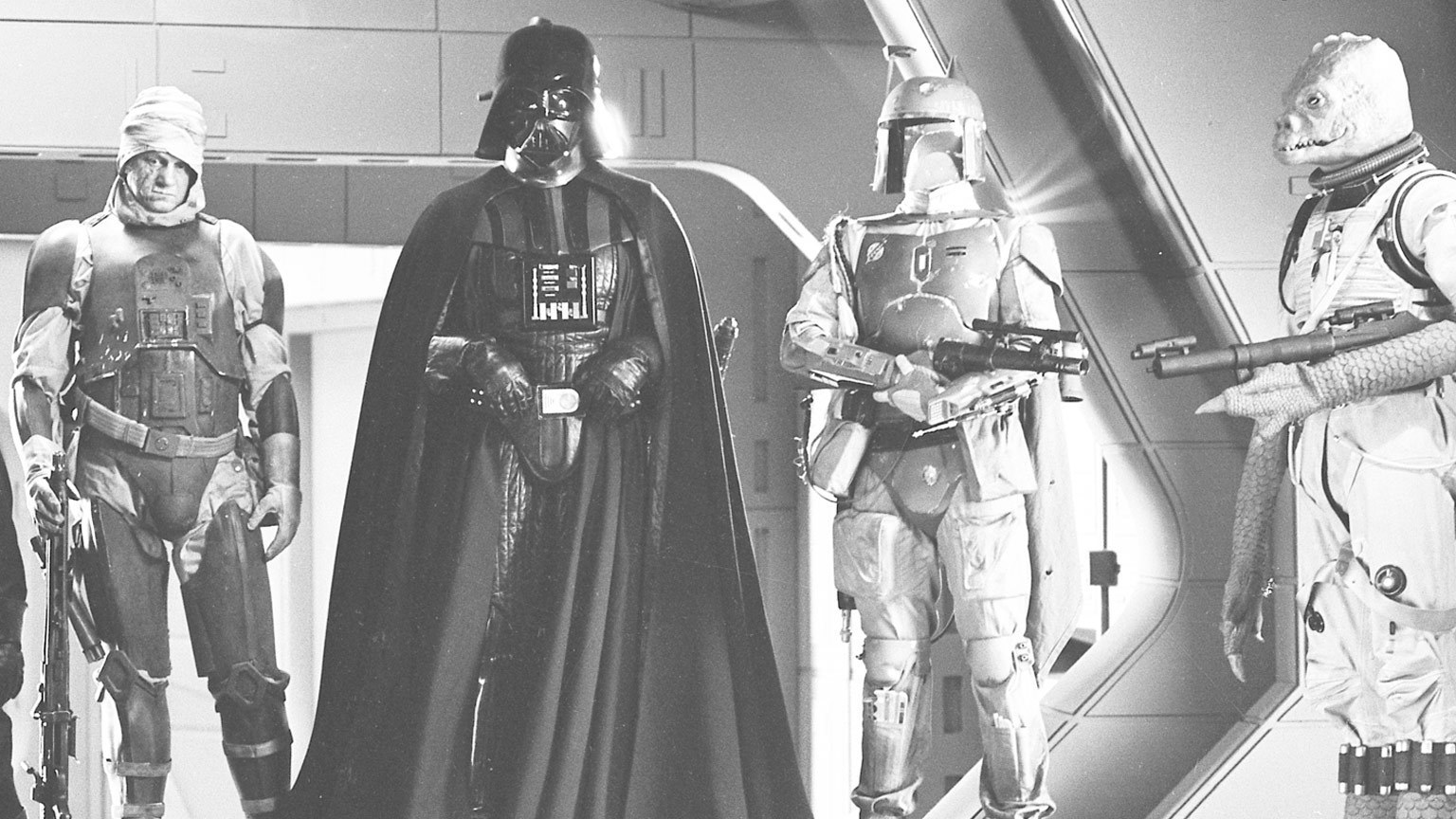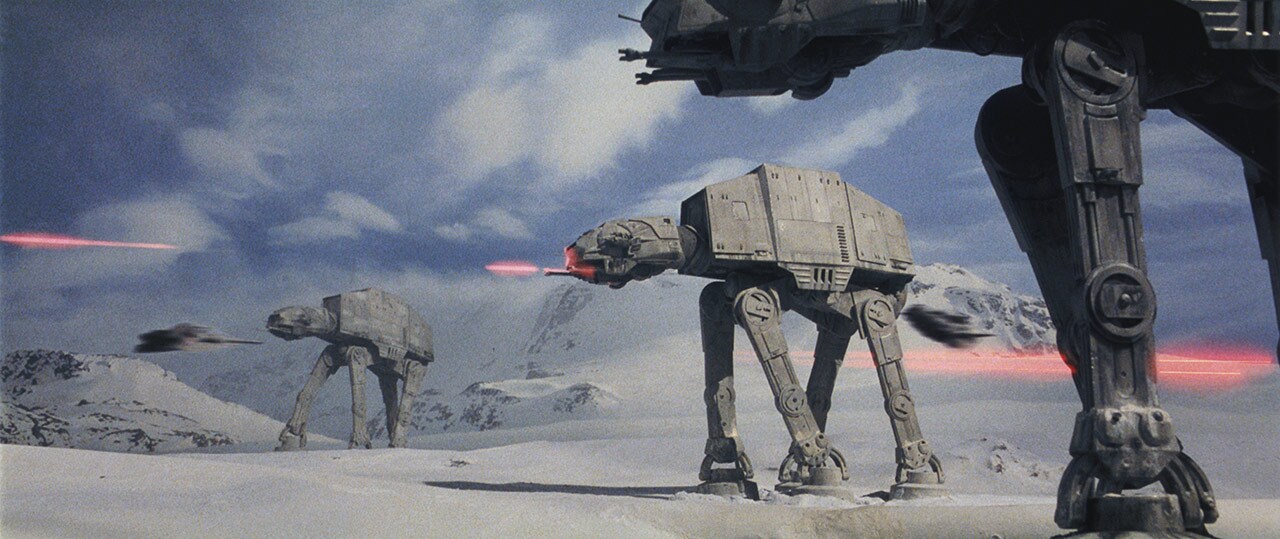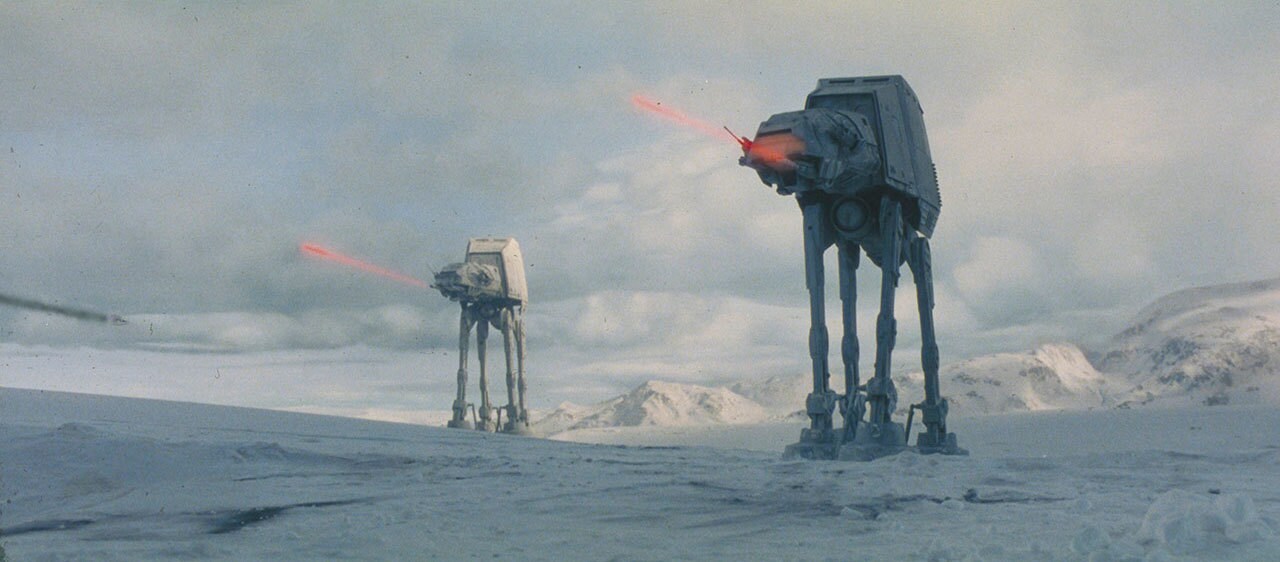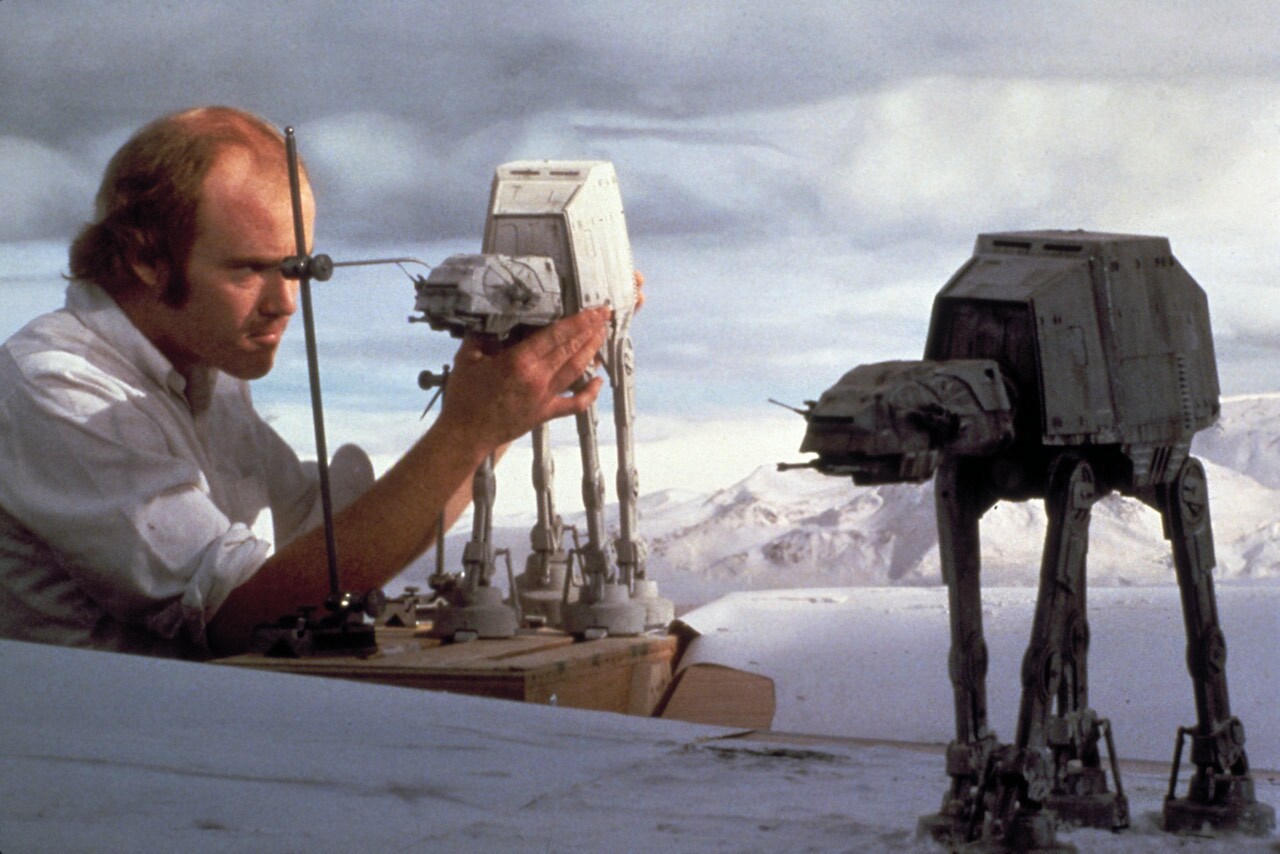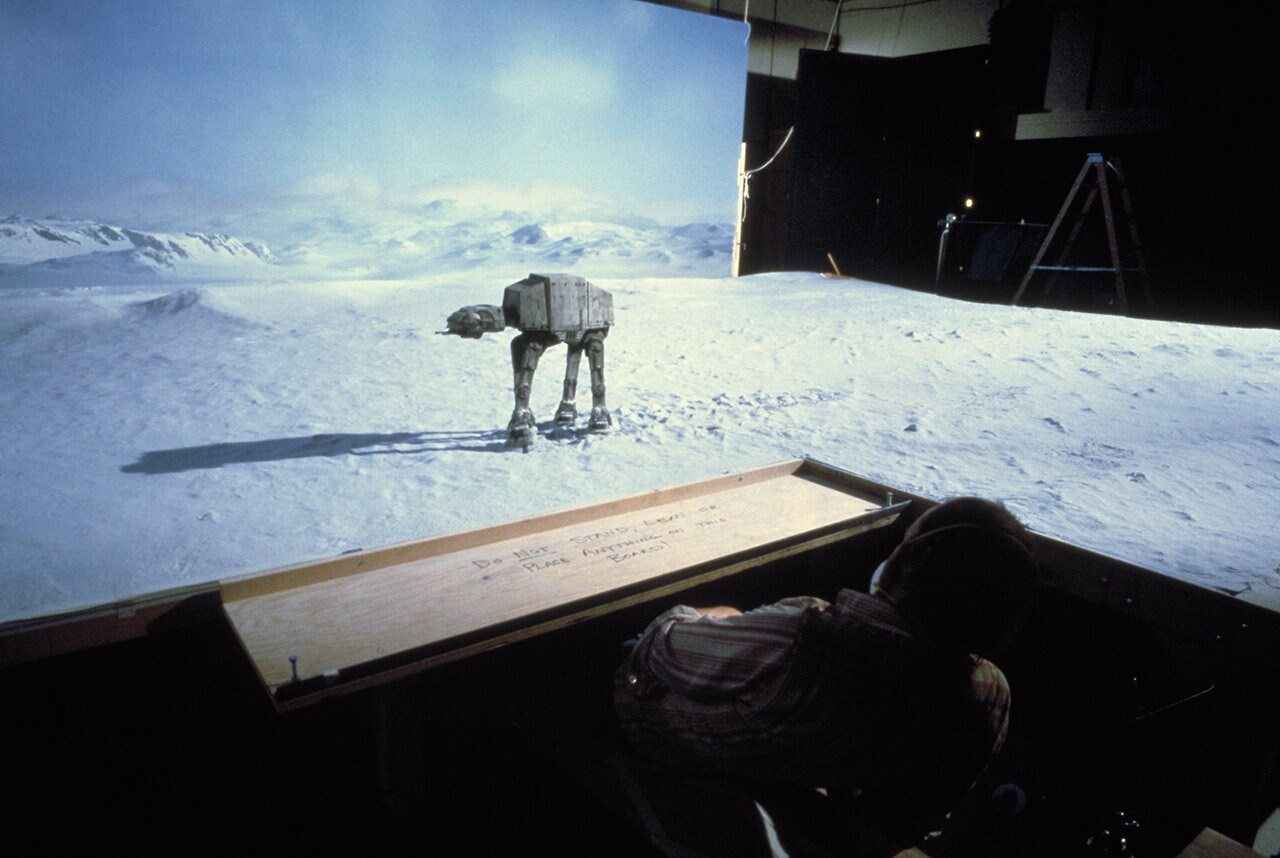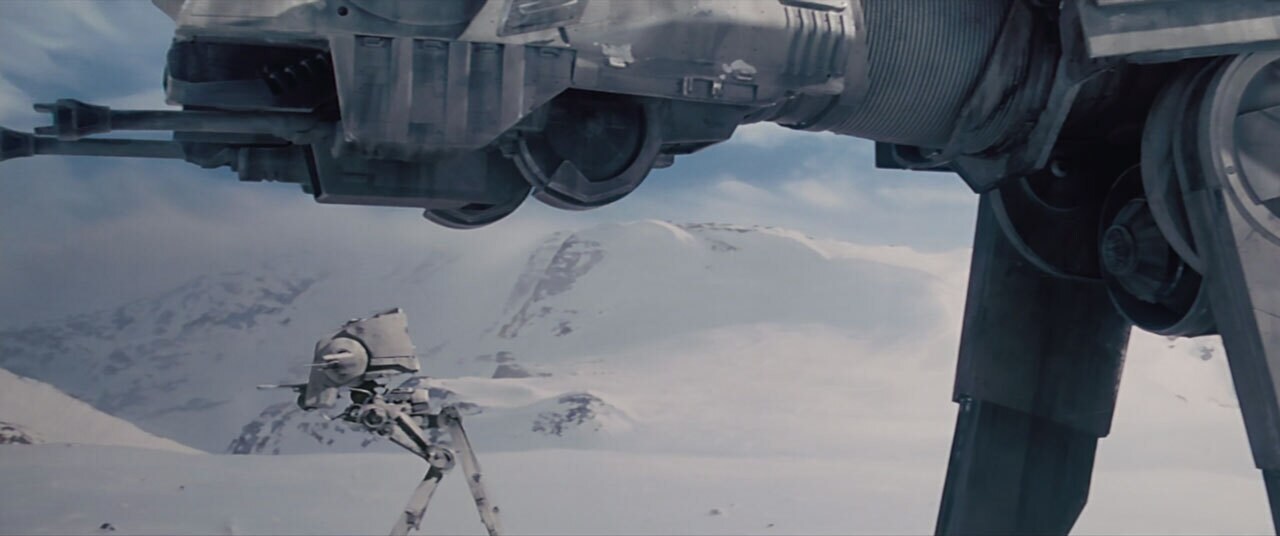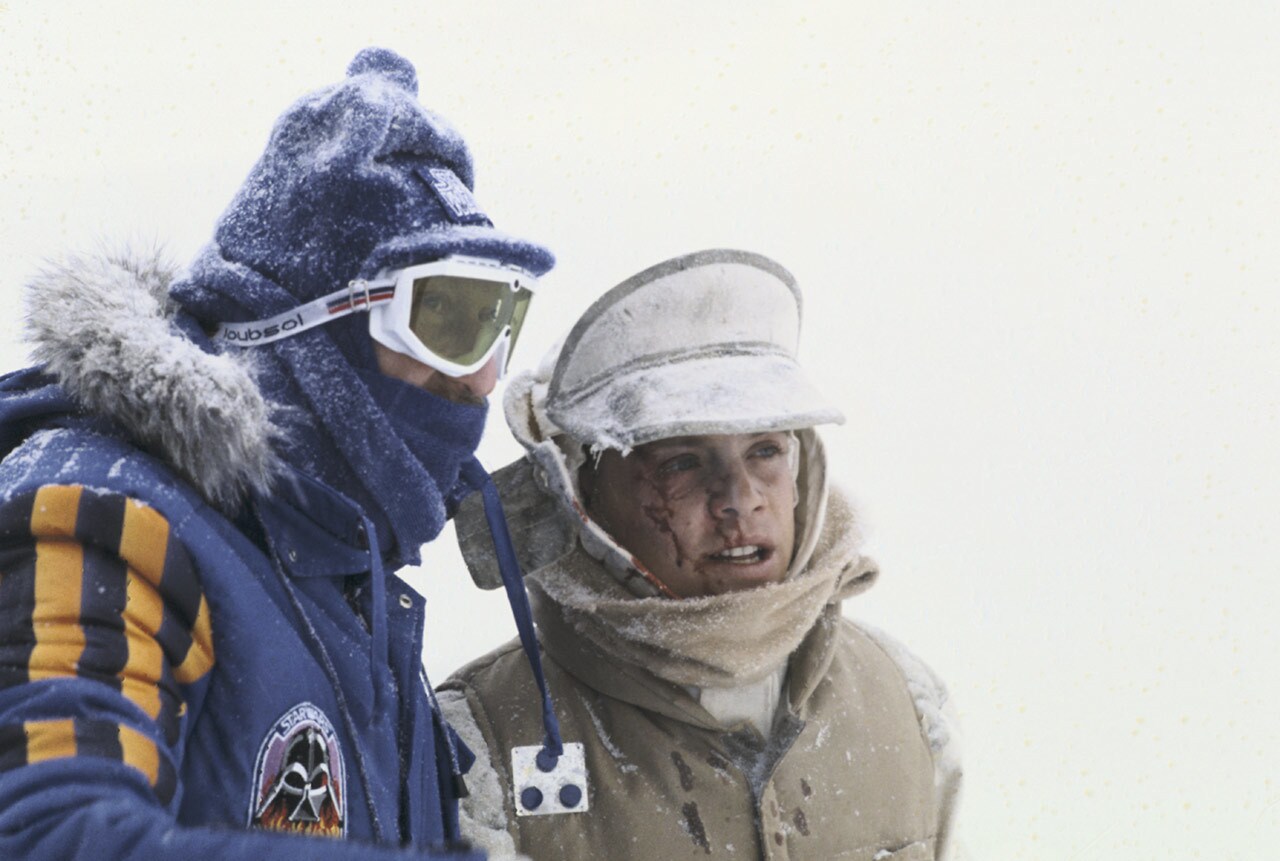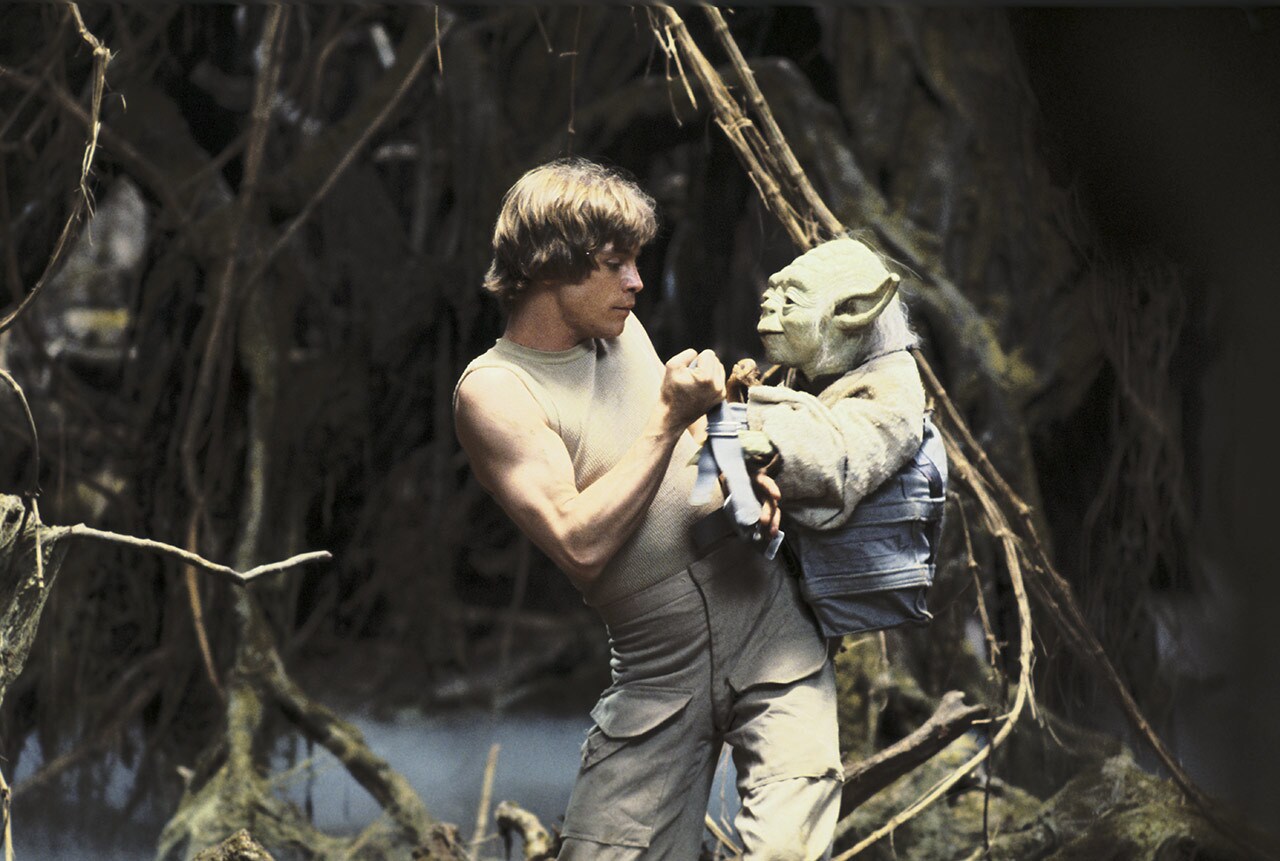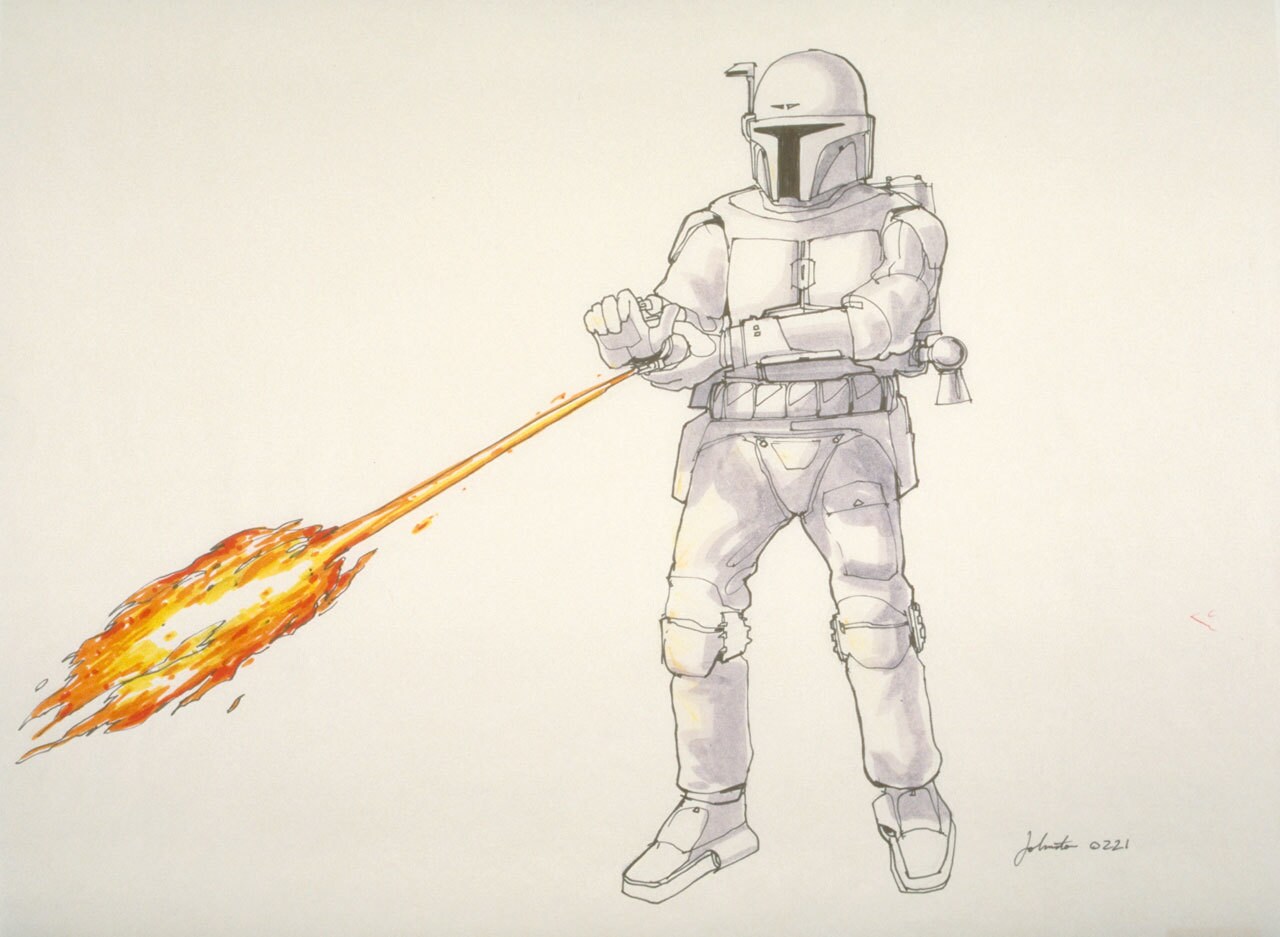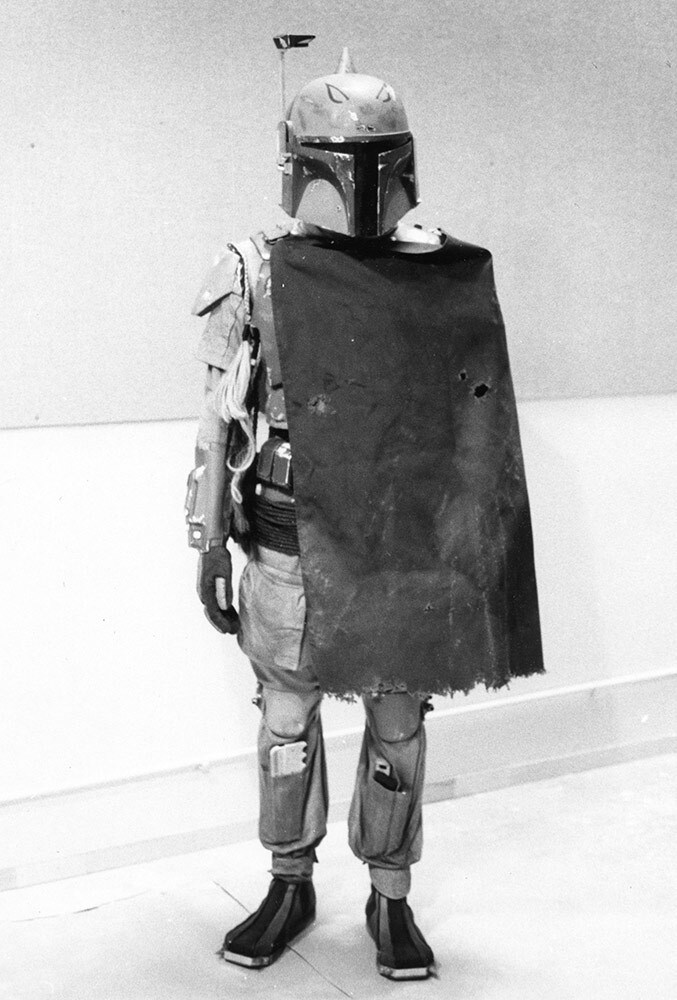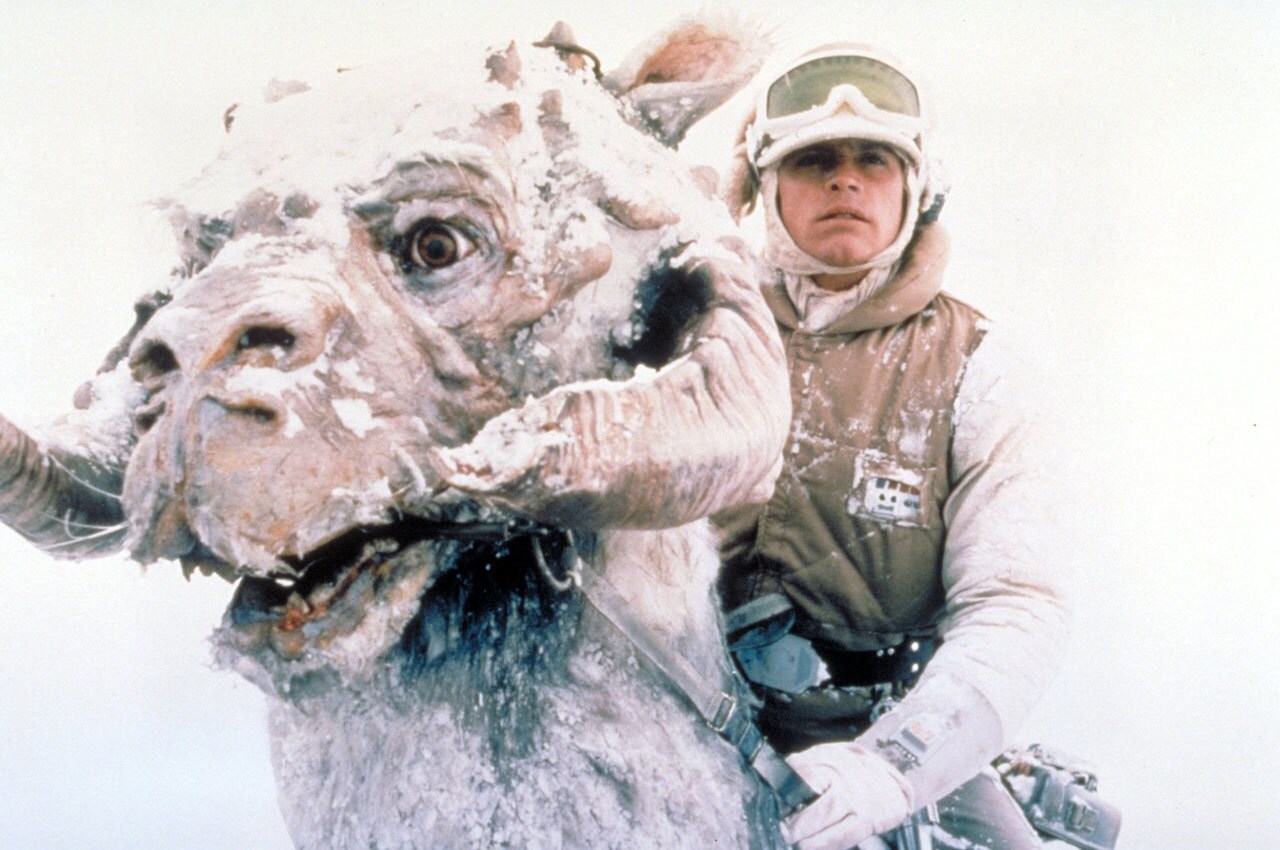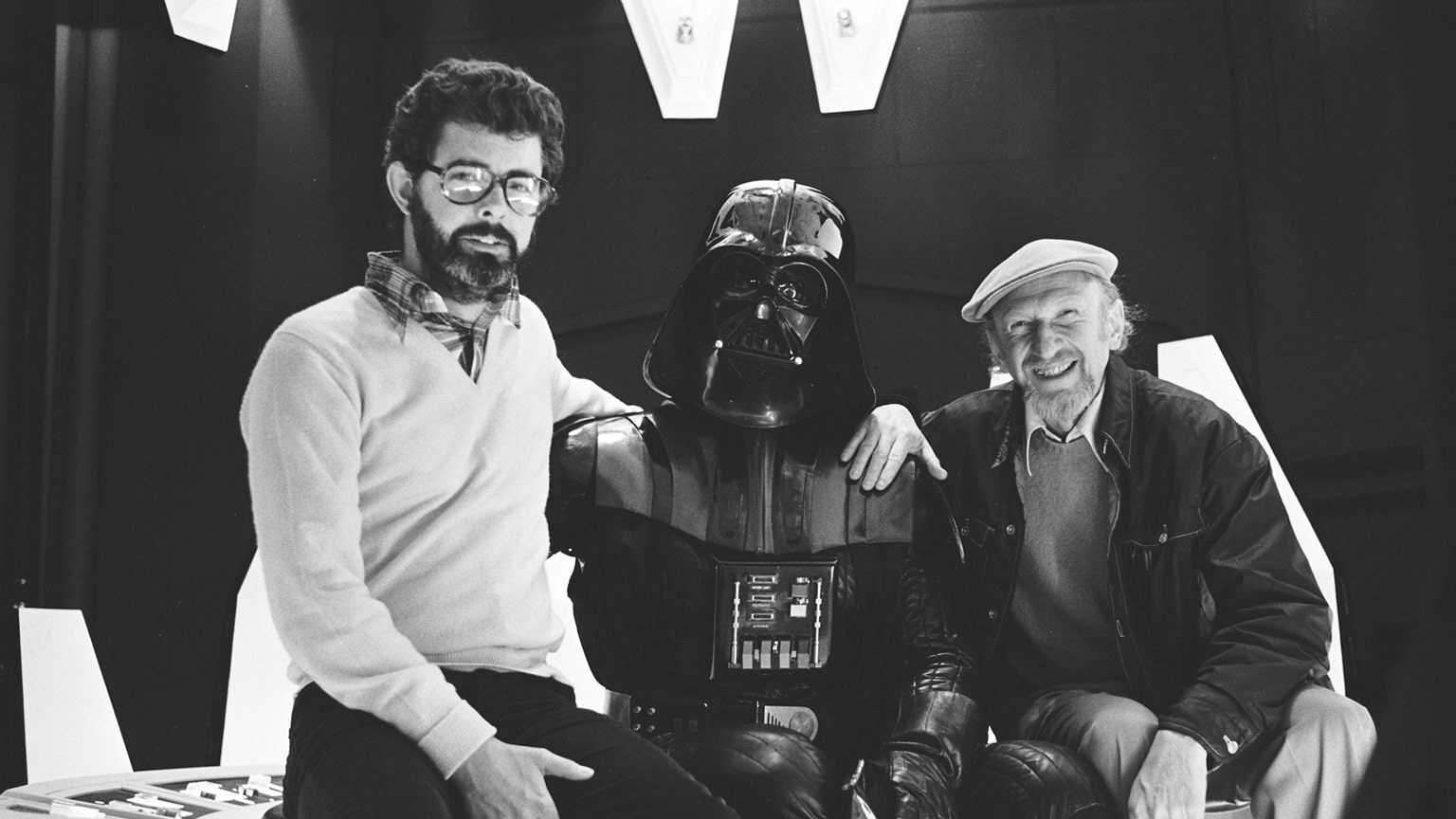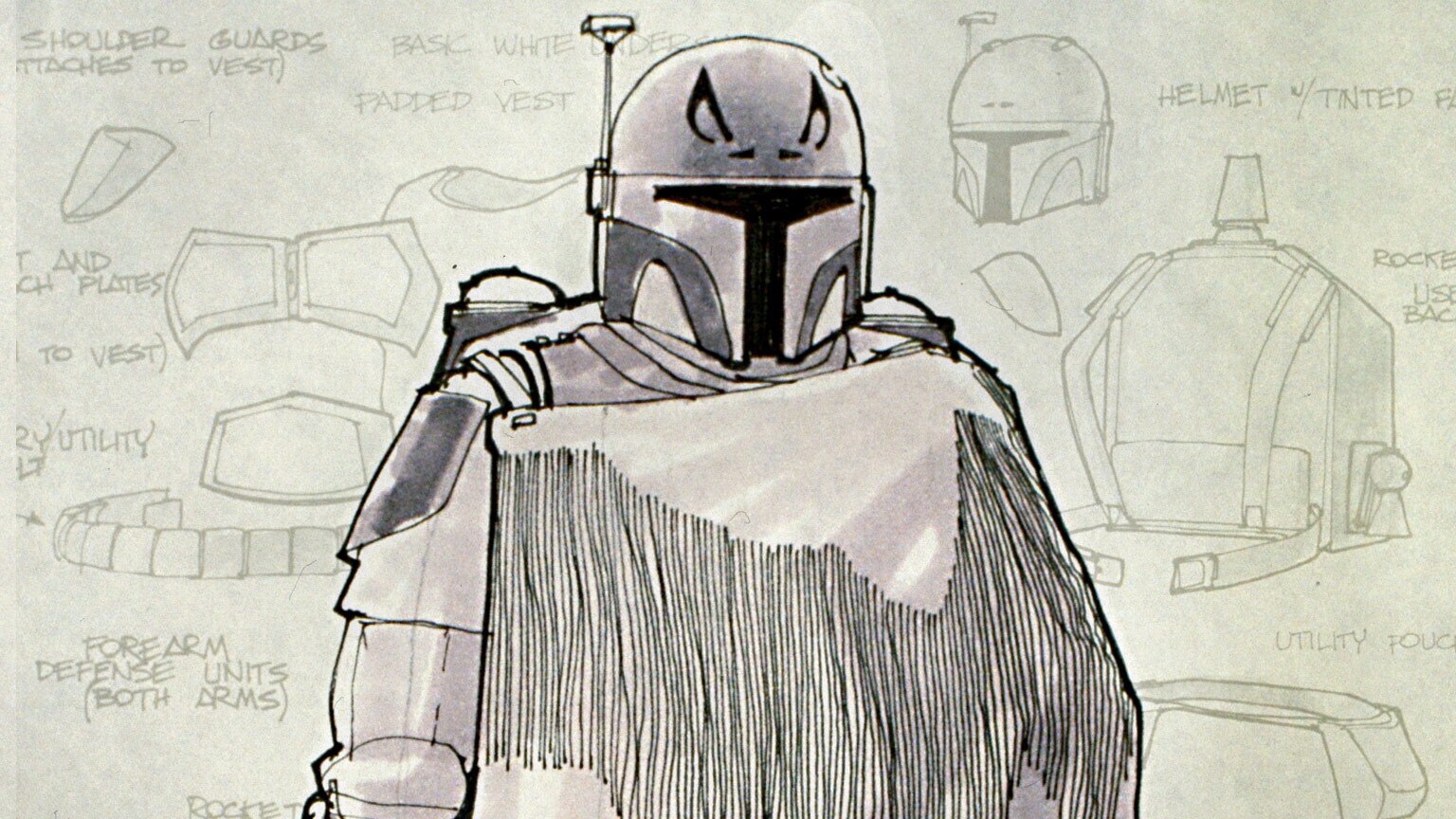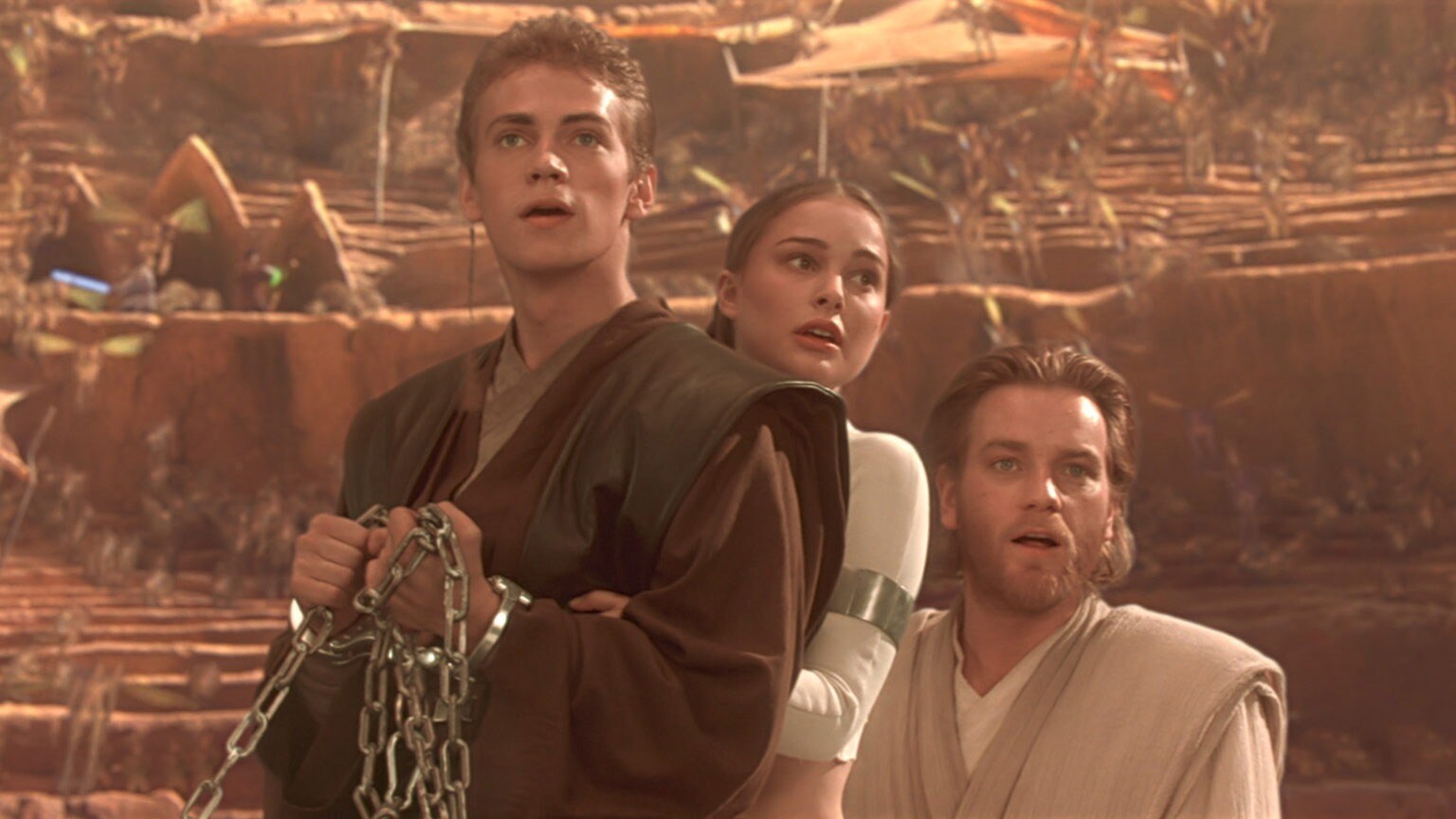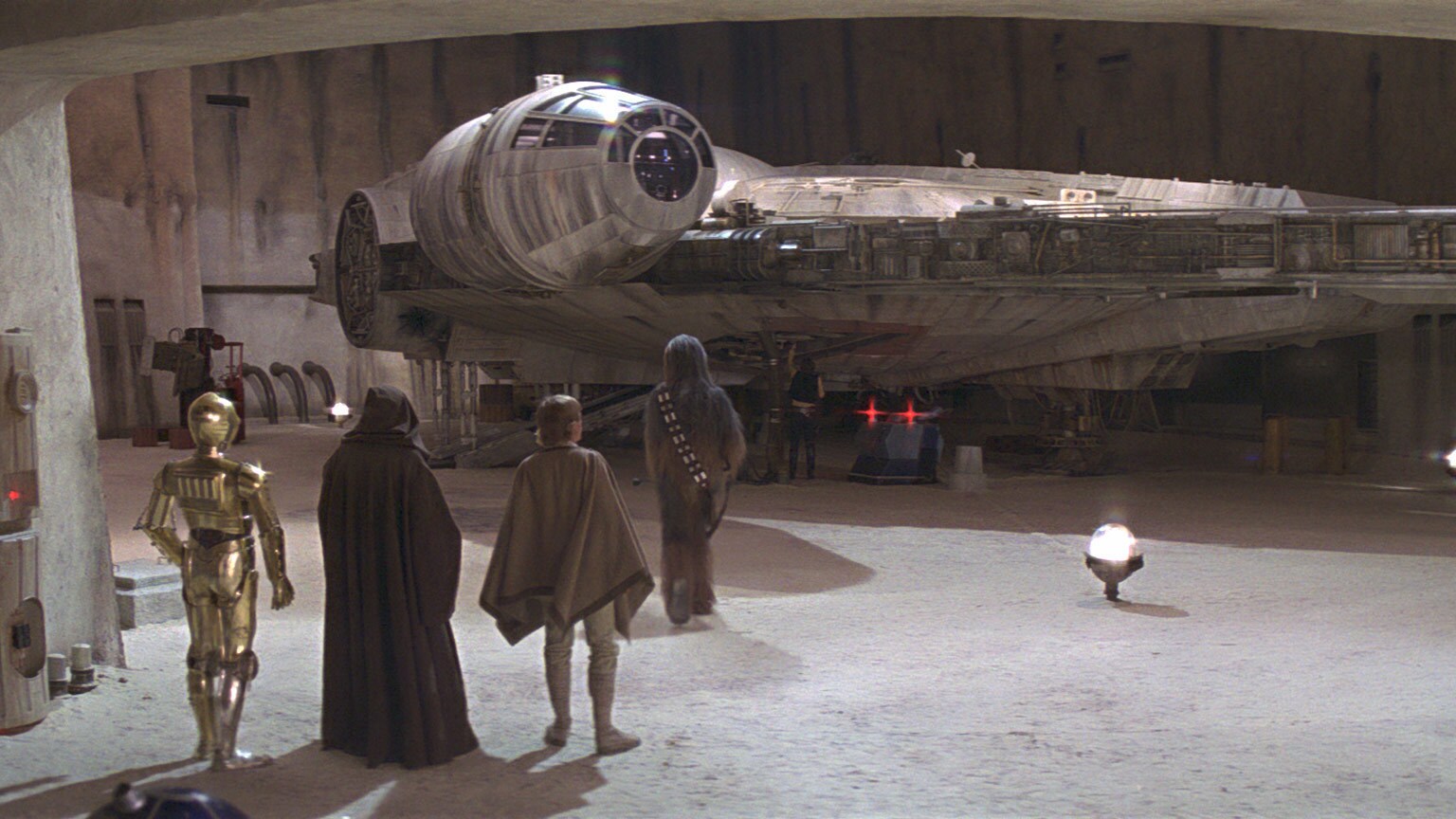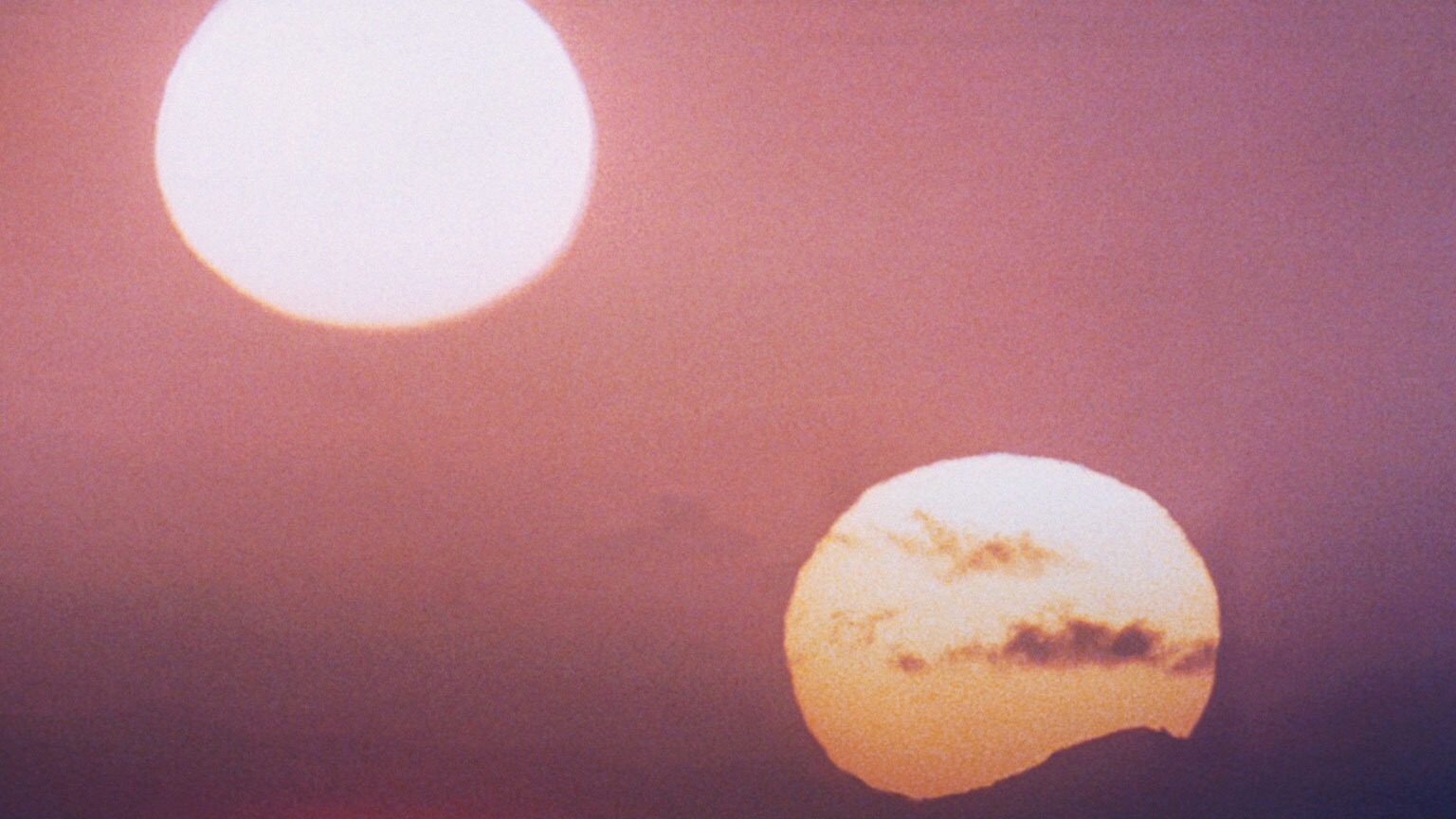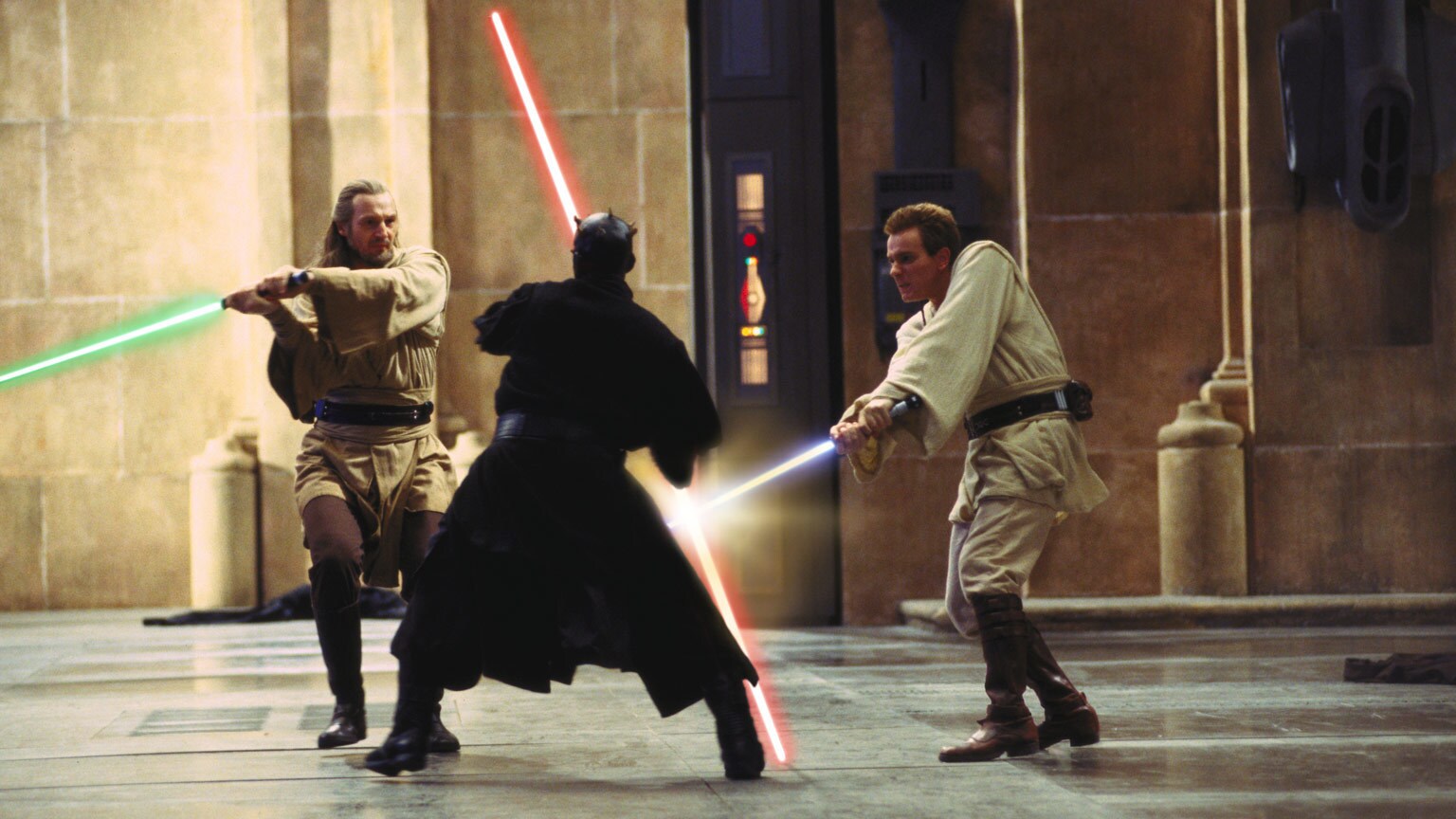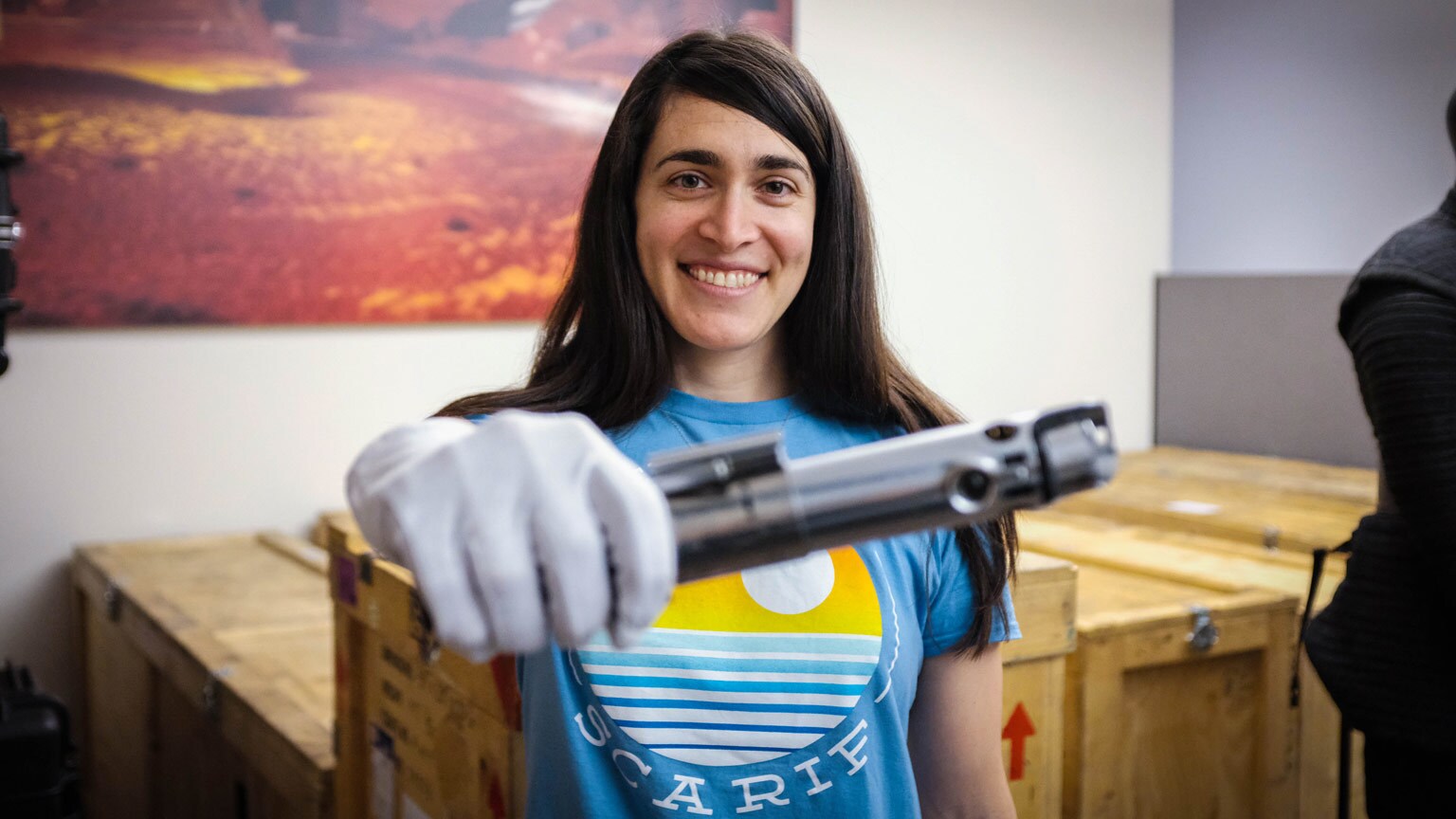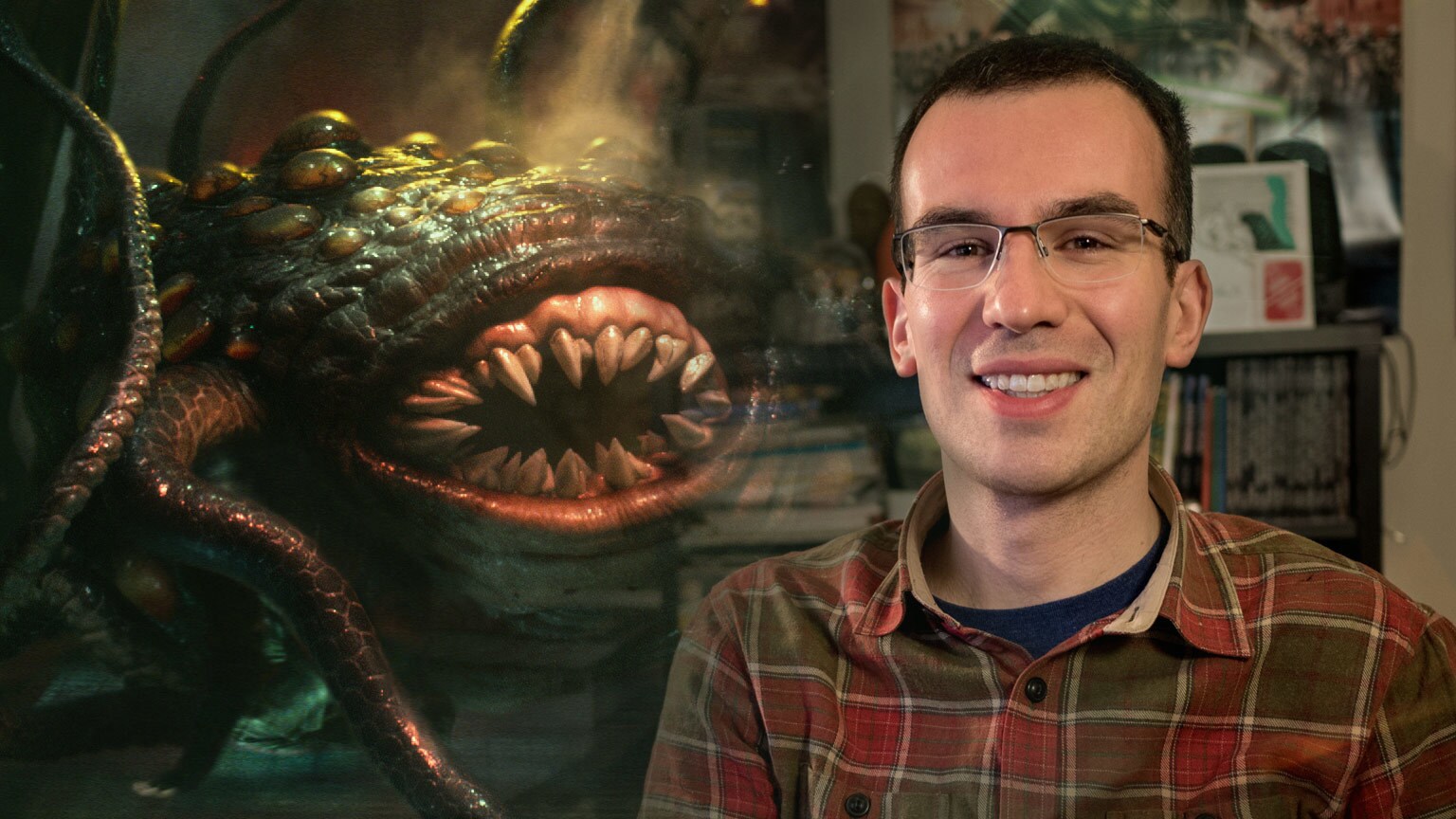On May 21, 1980, Star Wars: The Empire Strikes Back made its theatrical debut. To celebrate the classic film’s landmark 40th anniversary, StarWars.com presents “Empire at 40,” a special series of interviews, editorial features, and listicles.
Star Wars luminaries George Lucas, Mark Hamill, Joe Johnston, Ben Burtt, and more chatted with StarWars.com as part of our yearlong celebration of the 40th anniversary of Star Wars: The Empire Strikes Back. Hours of exclusive interviews revealed fun behind-the-scenes factoids you’ve probably never heard before, straight from the source.
Here are 15 things we learned from talking to these titans of filmmaking that we don’t want you to miss.
1. George Lucas often left the details of the action scenes out of the script and up to the crew.
He trusted their skills and creativity implicitly. “There was no written [Battle of Hoth] sequence in the first script that I read, and this was typical of the way George would do the action sequences,” recalled visual effects art director Joe Johnston. “He would basically leave all the action out knowing that we were going to be using storyboards and models and whatever technique we could.”
2. No one called it an AT-AT.
Forget the argument about the right way to pronounce it -- to the crew, the AT-AT had another name. “We never referred to it as the AT-AT,” said Johnston with a laugh. “We hated that name. We just called it the snow walker.”
3. AT-ATs were based on a Syd Mead illustration, not construction cranes.
You’ve probably heard the rumor yourself about George Lucas getting the idea for the walkers from the cranes in the Oakland bay. It’s just not true. “I think that somebody just saw those cranes and said, ‘Hey, that looks just like those walkers in Star Wars!’ But that’s total nonsense,” Johnston said.
4. The AT-AT’s walking motion started with studying an elephant.
While the scale didn’t match, the animators turned to nature to understand how a four-legged walker might move. “The first thing we did was to go out to one of these wild animal farms and got an elephant, and I put chalk marks on all the elephant’s joints,” said stop motion animator Phil Tippett. “I would take that back and put it on the Moviola [film editing machine] and just study the footfall patterns.”
5. Keep your eyes peeled for a unique AT-AT with the inside illuminated in red.
The ominous red windows are only on screen for a few seconds. Visual effects director of photography Dennis Muren recalled, “You’ll see a little window in the front of that walker head, and it’s red inside. And we were going to have those be red inside there in every shot, and I don’t remember what happened, but we never did it again, except that one shot.”
6. The snow in the walker scenes is actually baking soda.
Large background paintings, a 20-foot-long bridal veil, and painted rocks made up the miniature Battle of Hoth set. “[We] made foreground sets out of baking soda that kind of pushed the perspective back,” said Tippett.
7. The scout walker was a last-minute addition created with kitbashing.
Johnston was inspired to make a walker that would scout ahead of the larger AT-ATs and created a 3-D model of the concept instead of a sketch. Tippett animated it at the last minute. “He basically destroyed the model but then reattached all the pieces to this armature. He was able to get it into one shot in the background, where it’s just sort of cruising through,” said Johnston.
8. The sound of the AT-AT joints moving came from a dumpster.
The groaning joints might seem a little familiar -- and not just because you’ve watched the Battle of Hoth a thousand times. “It’s the sound I’d hear when I’d go out and throw the trash away,” sound designer Ben Burtt said. “Open the lid, [squeaks and groans]. I thought I’d go out there and get that.”
9. The weather in Norway, the filming location for Hoth, was so bad that many scenes were shot just outside the hotel.
“If you turned the camera around you saw people on their balconies having their hot chocolate as Harrison [Ford] and I were acting next to a dead tauntaun,” said Luke Skywalker actor Mark Hamill.
10. The earpiece that piped Yoda’s voice into Hamill’s ear would occasionally pick up the local radio station.
“The earpiece worked fairly well. The trouble was, depending on what position you were in you could pick up radio waves and all of the sudden you’d be hearing Top 40,” Hamill said. He couldn’t help but laugh when it happened.
11. Star Wars creator George Lucas didn’t know if Yoda would be a success until he saw him on film.
The prop was prone to breaking and Lucas only had Oz’s performance in rehearsals to gauge if the character would come together. And as we all know, he did. “I finally got to see the whole thing finished, put together, lit properly, and that’s when I knew it was going to work,” Lucas said.
12. Boba Fett started as an Imperial “super trooper” before becoming the iconic bounty hunter.
“The original idea behind Boba Fett was that he was going to be an army of super troopers,” Johnston recalled. “There was going to be 40,000 of these guys.” (From a certain point of view, there eventually would be 40,000 of him in the form of clone troopers.)
13. There’s a reason Boba Fett doesn’t run.
And it’s not because he’s too cool to do more than saunter. “The rocket was a pain in the ass, you know,” Johnston revealed. “When you tried to run with it, it would bounce up and down.”
14. The now-familiar tauntaun sounds are the slowed-down chatter of a sea otter.
And its name was Mota. Ben Burtt recorded the sounds at a California farm. “The sea otter had a very high-pitched squawking and the nice thing about it was that it almost sounded like it was talking,” described Burtt.
15. George Lucas’s most important role on The Empire Strikes Back was to make the crew believe they could do it.
The ILM team was young and enthusiastic, but anyone would be daunted by the challenges the sequel presented. Lucas believed wholeheartedly in the crew’s resourcefulness and cheered them on every step of the way. “[Even] though we went through some very hard setbacks, I had to go up and be a parent and say, ‘We can do this. We’re not going to give up. We have to keep going,’” Lucas said. “You just have to say, even though everything looks like it’s falling apart, trust me, it’s actually not.”
Check out StarWars.com's full Empire at 40 interviews:
- Learn about the production and story of Empire from George Lucas
- Go inside the Battle of Hoth with an in-depth oral history featuring George Lucas, Ben Burtt, Joe Johnston, Dennis Muren, and Phil Tippett
- Discover the behind-the-scenes origins of Boba Fett with Joe Johnston
- Experience the filming of Empire with Mark Hamill
- Uncover the sound secrets of Empire with Ben Burtt




